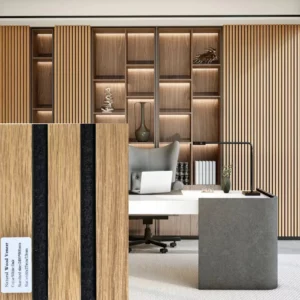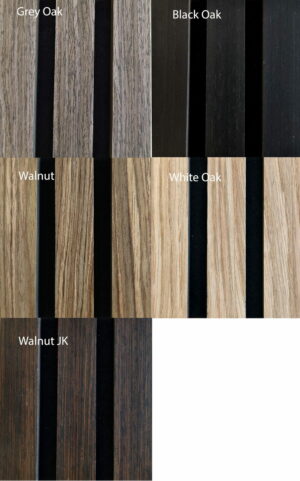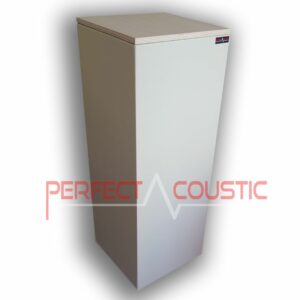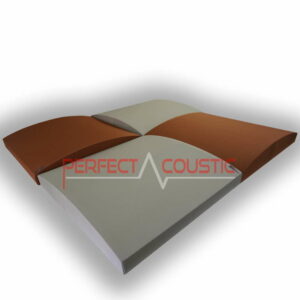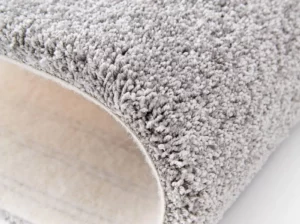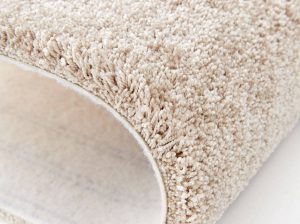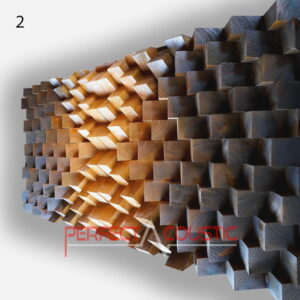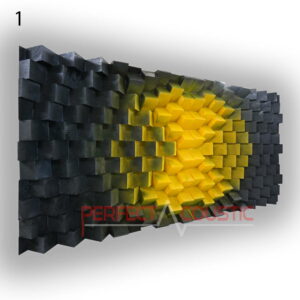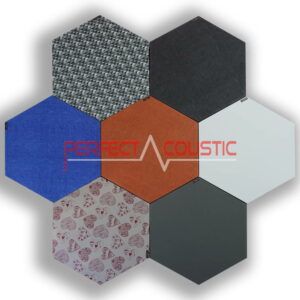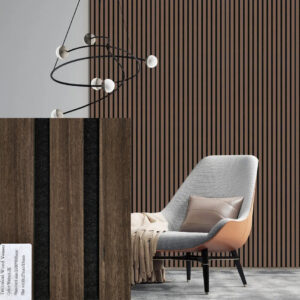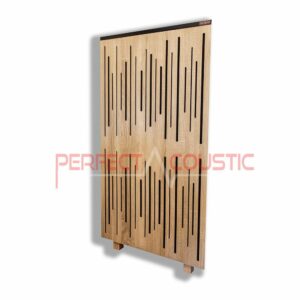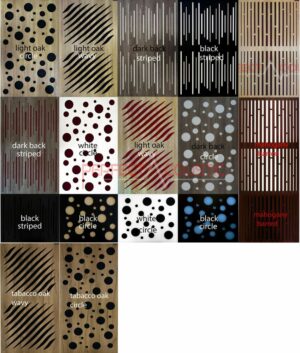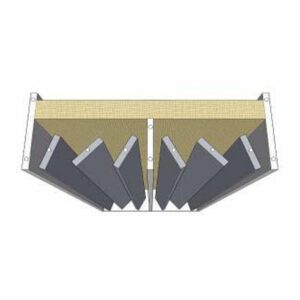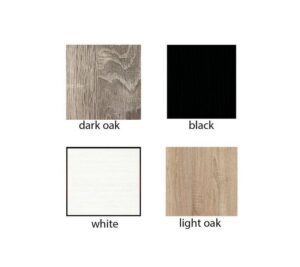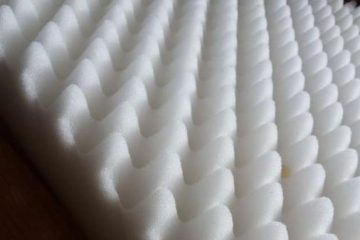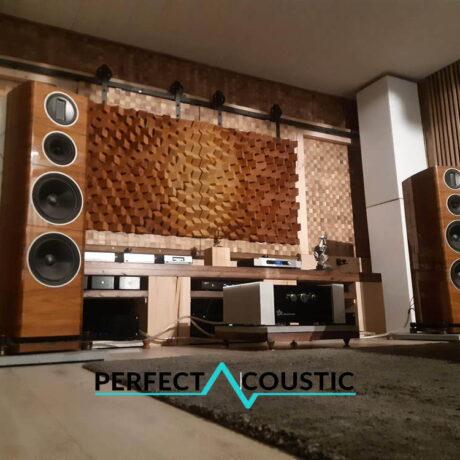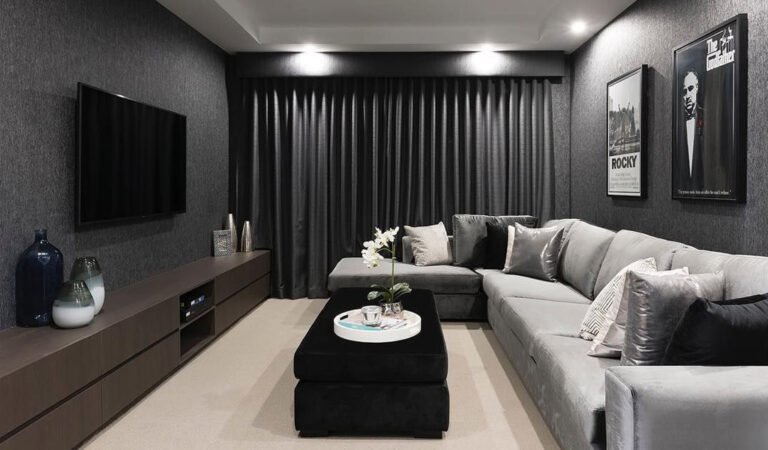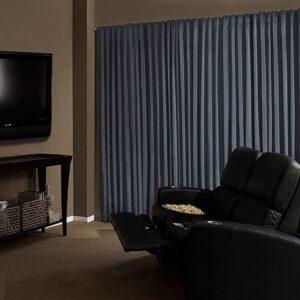Acoustic problems and their solutions in our homes
Acoustic considerations are generally the least considered when designing and building residential buildings. Have we ever thought that our apartments also have an “own” sound? We may not even think about how much the acoustics of the rooms affect the atmosphere of our home.
-
-
Giga bass panel with membrane94 € – 129 € +Vat
-
3D Sound absorbing panels – Size: 60x60x10cm 3kg49 € – 59 € +Vat
Probably many parents have already faced the problem that when their teenage child listens to their favorite music at full volume in their room, the whole house echoes from him. The noise of motor vehicles and trains hinders sleep at night or daytime rest.
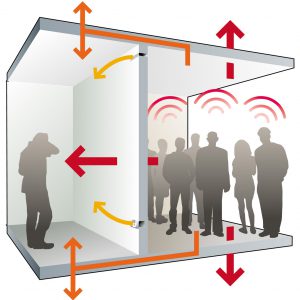
It can also cause a lot of conflicts if our neighbors are noisy and through the walls, we hear everything that happens to them even if we don’t want to. In architecture, the acoustics are not considered to be of paramount importance by designers and architects, unless they are buildings that provide venues for theatrical performances, concerts, or musical performances.
If we pay attention to acoustics when designing properties, we can create a pleasant, peaceful and harmonious living space. With the help of acoustic specialists, it is possible to determine what kind of acoustic treatment the given rooms require.
How do sounds behave in our home?
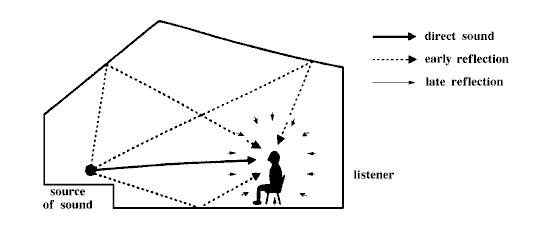
Sounds can also be absorbed, reflected, and scattered, depending on the type of surface. Sounds coming to sound-absorbing materials pass into other spaces as they pass through the surface and are then converted into heat energy, thereby attenuating the sounds.
During reflection, sounds bounce off hard, flat, bare surfaces, creating an unpleasant echo. The so-called diffuser acoustic elements are best suited for the even scattering of sounds, as their irregular surface scatters the sounds in space in all directions, over the entire bandwidth.
The purpose of acoustic treatment of rooms and offices is to balance sound absorption, reflection, and diffusion, and thus create a pleasant sound. Excessive sound absorption can result in attenuation. The “deaf rooms” thus formed appear silent, dull, and lifeless. Almost any number of diffuser elements can be placed in the rooms. Acoustic measurements can be used to determine the reflection points quite accurately, it is recommended to put diffuser panels on them.
Selection of building materials
Ideal-sounding living space has almost the same acoustics as a concert hall that is acoustically perfectly managed. Most people want a quiet home, they want as little outside noise as possible to disturb their lives. This is why it is worth considering acoustic factors during construction.
If we live in a noisy, busy neighborhood, we don’t have to give up on a peaceful and tranquil living environment either.

Modern, minimalist-style buildings are usually designed with many glass surfaces. While many windows are aesthetic, modern, and allow natural light, it doesn’t hurt to know that sounds are reflected from glass surfaces and aren’t effective at attenuating outside noise. If you still stick to large windows, be sure to place thick, heavy, densely woven curtains in front of them that will significantly reduce infiltrating noise and even improve acoustics. We can also choose soundproof windows, but in this case, we have to reckon with more serious costs. If we want soundproof glass instead of the old window glass, it also depends on the capacity of the window frames whether this idea is feasible.
-
Silent soundproof mat93 € – 455 € +Vat
-
Wall Panel – Diffuser 140x70x8cm235 € – 271 € +Vat
-
Hexagonal acoustic panel -Size: 60x60x6cm52 € – 61 € +Vat
Traditional building materials, such as brick, concrete, or stone, are incapable of sound absorption or noise reduction due to their structure. Do not leave the walls completely bare. With painting and wallpaper – of which there are also specially sound-insulating materials – we can dampen the noises with wall decorations, shelves, and plasterboard covering that stand out from the space. If we have the opportunity, plant green plants, trees, and hedges around the house, as these are also excellent silencers.
When choosing doors and windows, keep in mind that glass windows and doors do not exclude noise. Sliding doors are not very ideal in this respect either.
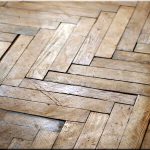

The choice of floor surface is also important. Hardwood or tile floors are durable, aesthetically pleasing, and easy to keep clean, but their acoustic properties are not favorable. They transmit sounds, and reflect them, making the rooms noisy. Hardwood floors can creak, which can be extremely uncomfortable in a two-story house.
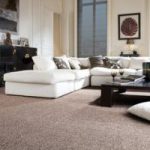
We can remedy these problems with thick, densely woven, long-pile rugs. Sound-insulating mats also attenuate footsteps, the impact noise, and the noise of falling objects. You can even cover the whole floor with a wall-to-wall carpet.
Our lifestyle and our circumstances
The acoustic conditions of a home depend on the size, shape, furniture, location of the building, and, of course, the lifestyle and needs of the people living in it.
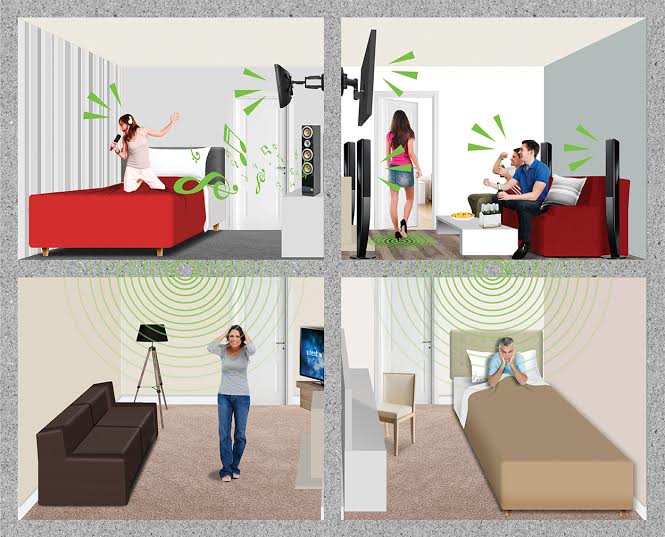
The home of a family with 2 or more children also needs a private sphere, not only for the parents but also for the adolescent children who grew up from childhood. Unfortunately, all the sounds and noises are filtered through the walls.
The sleep of infants and young children can also be disturbed by street noise or noise from a neighbor. If possible, try to place the children’s room as far away from the noise source as possible.
We can place sound-absorbing panels on the wall of the room for teenagers – these can also be ordered with a photo print – so we can reduce the rumbling music in their room or the noise of friends’ parties.
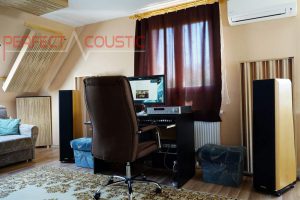
Home offices are becoming more common, and the “home office” system is becoming even more important due to the coronavirus. If our home office faces the street or is next to a noisy living room, TV room, or children’s room, it makes it very difficult to work. If you do most of your work at home, you might want to consider moving your desk and laptop to a quieter, more secluded room.
Audio and hi-fi equipment such as televisions, home theater systems, speakers… etc. are significant noise sources. The wall-mounted television between the two rooms is much louder than free-standing or stand-alone TVs. Wall-mounted TVs look good and save space, but a sound source mounted directly on the wall amplifies the sounds. The noise transmitted by the structure can greatly disturb the tranquility of the adjoining room.
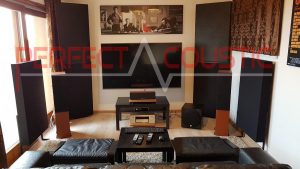
The placement of hi-fi and audio devices also matters in the sound insulation of the rooms. By placing a speaker pad under and on top of the speakers, you can reduce the resonance of the speakers. Do not place the speakers directly on the wall.
Disadvantages of open spaces
Popular open-plan flats and spaces, such as the common living room, dining room, and kitchen, are popular. This layout is comfortable and spacious, but the sound is unfavorable, as there are no obstacles in front of the sounds, so they flow freely. A resonant, noisy atmosphere will result. Of course, this does not mean that we have to forget about open spaces! We can attenuate the noise with large area carpets and thick curtains. If we still do not find it appropriate with the sound of the apartment, consider installing doors.
-
-
Sound traps with diffuser- If a good look is important146 € – 155 € +Vat
-
Flexi acoustic panel with adjustable wooden slats194 € – 287 € +Vat
Pay attention to the acoustics!
Prolonged noise pollution can lead to headaches and restlessness. It can even have serious health effects in the long run. If you want peace in your home, you can choose from several solutions to improve your acoustics.
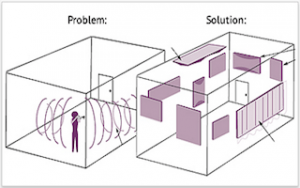
It is important to seek advice from acoustic professionals! Improving acoustics use materials that have effective sound absorption. These materials are generally high density, porous or flexible in structure.
Written by Róbert Polgár SzG

